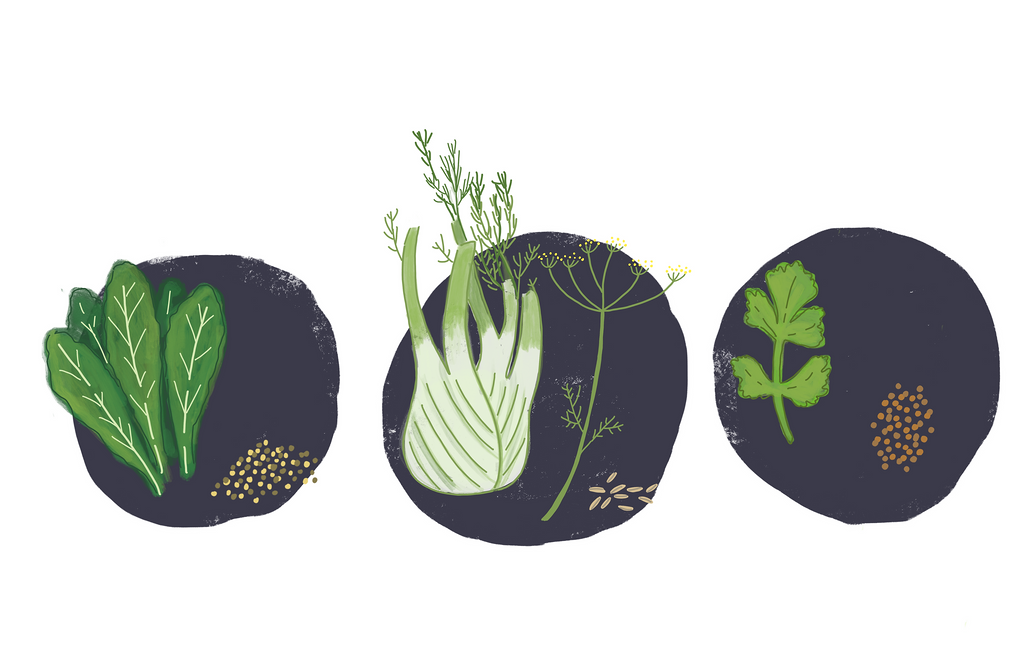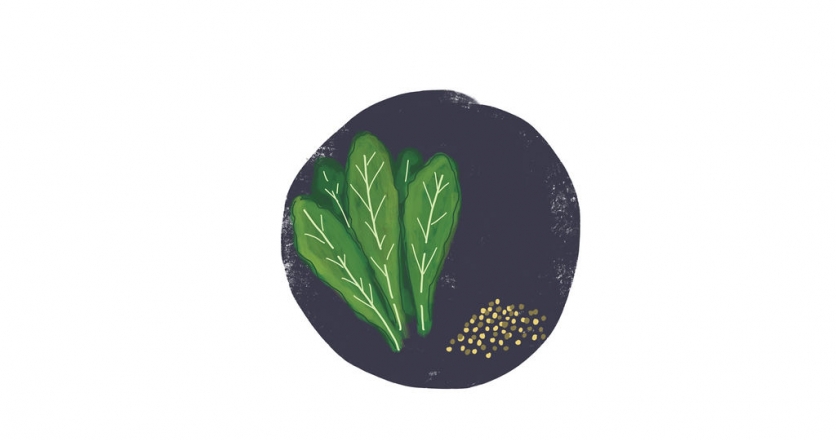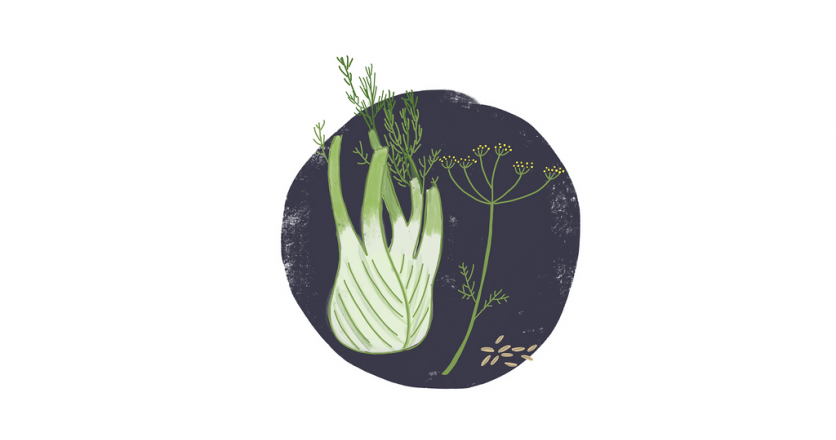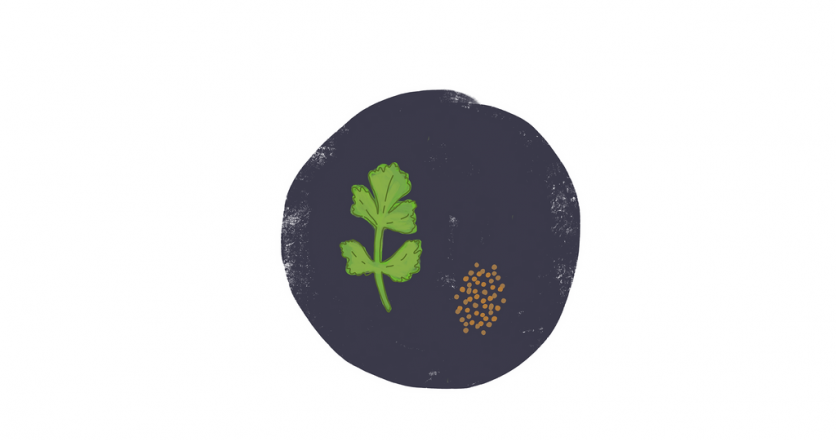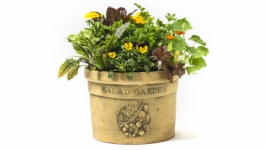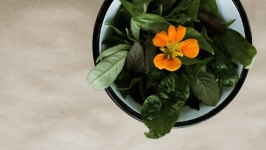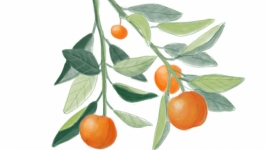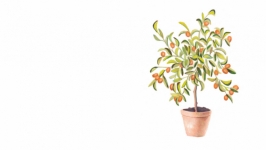From Root to Seed: Mustard, Fennel and Cilantro
When gardening, we often categorize plants as herbs, spices or vegetables. But what about the occasional plant that happens to straddle multiple camps? Botanically speaking, herbs derive from the leafy green “herbaceous” part of aromatic culinary plants, and may be used fresh or dried, whole leaf or powdered. Spices, from the Latin species (think “special”), spring from the dried forms of woodier edible plant parts. These can be bark, twigs, roots, seeds and berries – anything containing the stronger essential oils. Vegetables are defined as an edible part of a plant, including the roots, stems, leaves, flowers, fruit and seeds. Depending on where it is in its lifecycle, the same plant can produce herbs, spices or vegetables. Here are three examples of easy-to-grow plants you can use in the kitchen at multiple stages of their lives.
Mustard (Brassica juncea)
A member of that healthiest family of vegetables, the crucifers, the mustard plant counts as cousins cabbage, broccoli, kale and collards. The fresh pungent leaves are used as greens either raw or cooked and are a staple of Southern foodways. The seeds are set after the plant bolts and flowers; the second most popular spice across the globe after peppercorns, this is the part that produces the condiment mustard. Fun fact: dried and/or ground mustard seed itself is odorless. It’s the physical chewing or mixing with other fluids that releases the heat contained within.
Growing Tips
Mustard is a cool weather crop, best planted from fall to early winter. It is grown easily from seed or in transplant form. Give it full sun and fertilize lightly with organic options. Start harvesting the leaves when they reach six inches and you should have fresh greens all winter. The plants will begin to bolt (flower) when the weather starts to warm. Flowers will turn to pods and are harvestable when they turn brown but before becoming brittle. Close the pods in a paper bag and they should dry enough to release the seeds in a couple of weeks.
Fennel (Foeniculum vulgare)
This is a member of the classification-fluid parsley family, which also includes carrots, celery, dill and parsnips. The fresh bulb, with its essence of anise or licorice, is eaten raw, grilled or sautéed. The leaves are used in soups and salads or may be candied and/or used as a breath freshener. On the spice end of the spectrum, the dried seeds are extremely versatile as both a digestive aid and alcoholic beverage flavoring (think aquavit and absinthe). Fun fact: fennel is a key ingredient in Menorcan datil pepper sausage, a Northeast Florida regional specialty.
Growing Tips
There are two types of fennel: the perennial Florence (bulbing) variety and the biennial common sweet (non-bulbing) fennel. Both set seed-producing flowers and are easily grown from seed, maturing in 65 to 90 days depending on variety. Once established, fennel prefers its soil to dry slightly between waterings. Harvest the flower heads as they begin to dry in the early morning, then let them fully ripen in paper bags before shaking the seeds loose.
Cilantro (Coriandrum sativum)
Hate it or love it, you’ll encounter these ubiquitous soap-flavored leaves on a variety of menus. (To all cilantro haters, you’re in good company: Julia Child once said of cilantro, “I would pick it out if I saw it and throw it on the floor.”) But as the Latin name of this member of the parsley clan suggests, this “herb” is also the source of coriander seed, an important flavoring in Mexican, Indian and Middle Eastern cuisines. It’s the leaf that holds that peculiar citrusy metallic taste; the flavor of the dried seeds is mellower and warm, tasting slightly of curry. Fun fact: there are at least two genetic variants in human olfactory-receptor genes that are responsible for perceiving that soapy flavor, so an aversion to cilantro may be yet another thing you can blame on your parents.
Growing Tips
Readily grown from seed, cilantro can also be found in plantlet form during fall and winter months. Space or transplant in full sun to partial shade and fertilize lightly with organic options. Leaves can be harvested when the plants are six inches tall. Flowers should start setting seeds after about three months. Harvest the round seed heads when the plant’s leaves and stems turn brown, then hang them upside down in a paper bag until the seeds ripen and fall loose.


